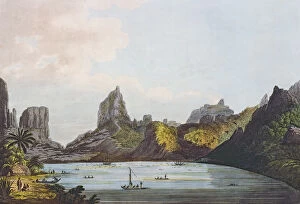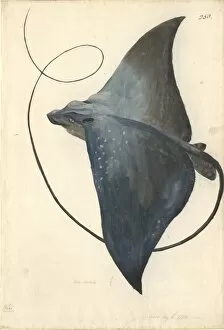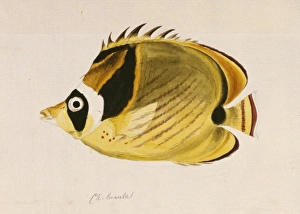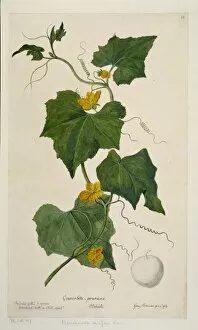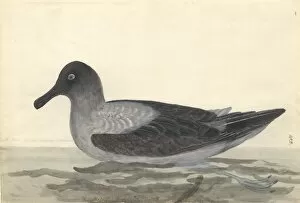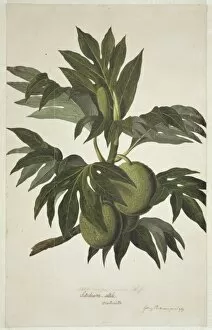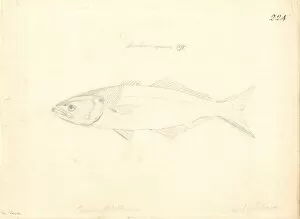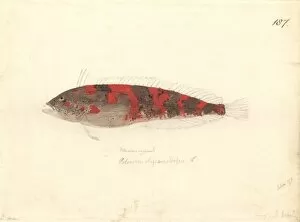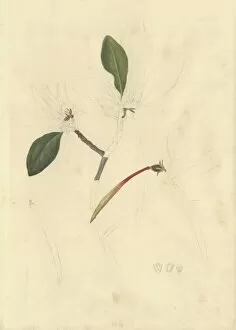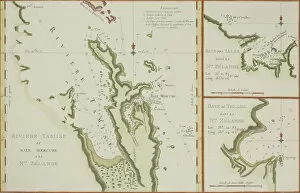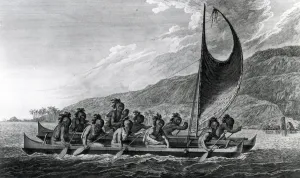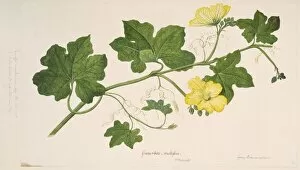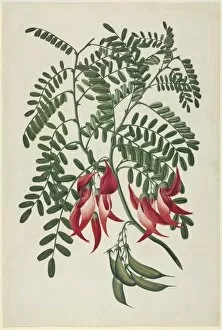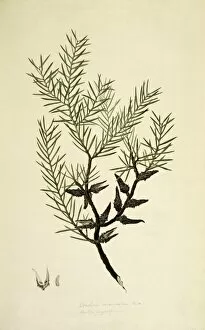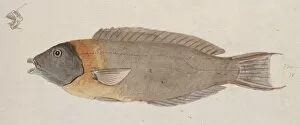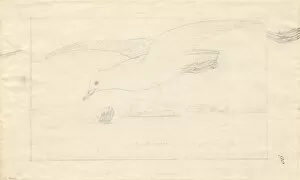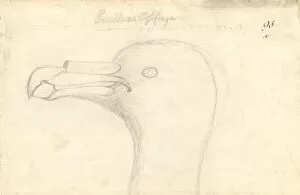Captain James Cook Collection (page 6)
"Captain James Cook: A Legacy of Exploration, Tragedy
All Professionally Made to Order for Quick Shipping
"Captain James Cook: A Legacy of Exploration, Tragedy, and Botanical Discoveries" Captain James Cook was a renowned British explorer whose voyages in the 18th century left an indelible mark on history. From his encounters with new cultures to his botanical discoveries, Captain Cook's expeditions were filled with triumphs and tragedies. In 1779, tragedy struck as Captain Cook met his untimely demise at the hands of Hawaiian natives. This unfortunate event serves as a reminder of the dangers explorers faced during their quests for knowledge and discovery. Amidst these challenges, Captain Cook also made significant contributions to botany. He encountered various plant species during his journeys, including the striking Banksia integrifolia or coastal banksia known for its unique flower spikes. The Tahitian gardenia (Gardenia taitensis) and prickly acacia tree (Acacia nilotica) were among other fascinating plants he discovered along the way. The narrow-leaved ironbark tree (Eucalyptus crebra) and Christmas tree (Metrosideros excelsa) are two more flora that caught Captain Cook's attention during his exploration. His keen interest in documenting new species expanded our understanding of the natural world. Notable moments in Captain Cook's career include taking possession of New South Wales in the name of the British Crown in 1770. This act laid foundations for future colonization efforts by European powers in Australia. While exploring diverse ecosystems, Captain Cook also encountered intriguing wildlife such as the striated caracara (Phalcoboenus australis), which fascinated him with its distinctive appearance. Additionally, he came across iconic Australian fauna like old man banksia (Banksia serrata), adding to our knowledge about biodiversity. Despite facing hardships throughout his expeditions, Captain James Cook remains an influential figure who shaped our understanding of geography, culture, and the natural world.

